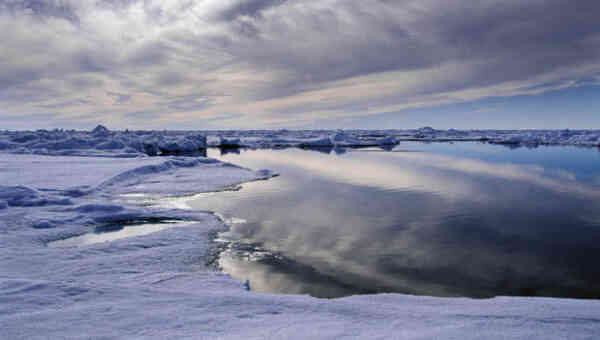One of the northernmost seas in Russia, the White Sea, is located near the Arctic Circle. Its waters are cold, but by no means lifeless, although, of course, the variety of species of living creatures living in them cannot be compared with the warm southern seas. Nevertheless, the surroundings of the White Sea are popular with eco-tourism lovers, who especially appreciate the beautiful and untouched northern nature.
Interesting facts about the White Sea
- It is on its The Solovetsky Islands, notorious for their camps, are located in the open spaces.
- Because of its curved shape, the ancient Vikings called the White Sea «The Bay of Serpents», although, in fact, no snakes are found here.
- Earlier it was also called the Cold, Northern, Calm and Solovetsky Sea.
- The deepest point of the White Sea is 343 meters, and its average depth does not exceed 67 meters.
- The area of the White Sea is approximately equal to the area of Azerbaijan (interesting facts about Azerbaijan).
- 5 large rivers and a huge number of small rivers flow into it.
- Lake Baikal is three times smaller than the White Sea in terms of area, but exceeds it by 5 times in terms of water volume.
- Ice binds the surface of the White Sea for an average of 6-7 months a year.
- Barents the sea with which the White Sea is connected exceeds it 16 times in size, and 64 times in volume (interesting facts about the Barents Sea).
- The tides in this sea are usually low, but in narrow bays their height sometimes exceeds 7 meters.
- In summer, the near-surface layer of water in the White Sea warms up to +14-15 degrees in bays and up to +9 in open space.
- This sea is the only inland sea of Russia that does not border with no other countries.
- Lake Baikal is about 15 times deeper than the White Sea (interesting facts about Baikal).
- The tides here are so powerful that waves go up the mouths of some rivers 100-120 kilometers deep into the mainland.
- It was in the port located on the coast of the White Sea that a ship from Great Britain arrived for the first time in the history of the Russian Empire. Moreover, the British were looking for a way to India, but ended up in Russia.
- Most likely, the White Sea got its name due to the fact that it is located far to the north, and snow with ice is not uncommon in these parts, but commonplace.
- Most of all Russian trade routes until the 18th century passed through the White Sea, which was not very convenient due to the fact that it was not navigable for more than six months a year due to ice.
- 2-3 thousand tons of fish are caught annually in the White Sea.
